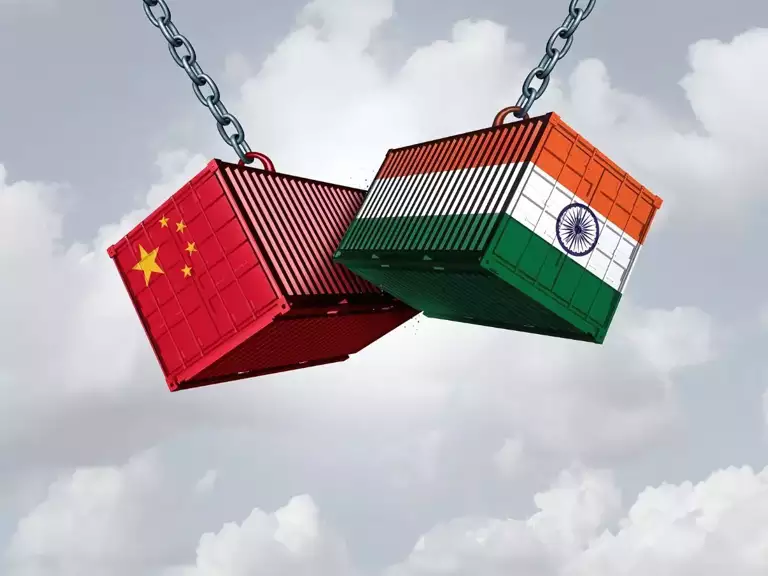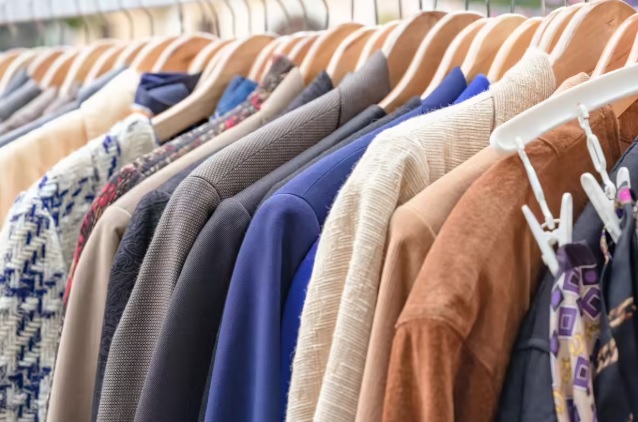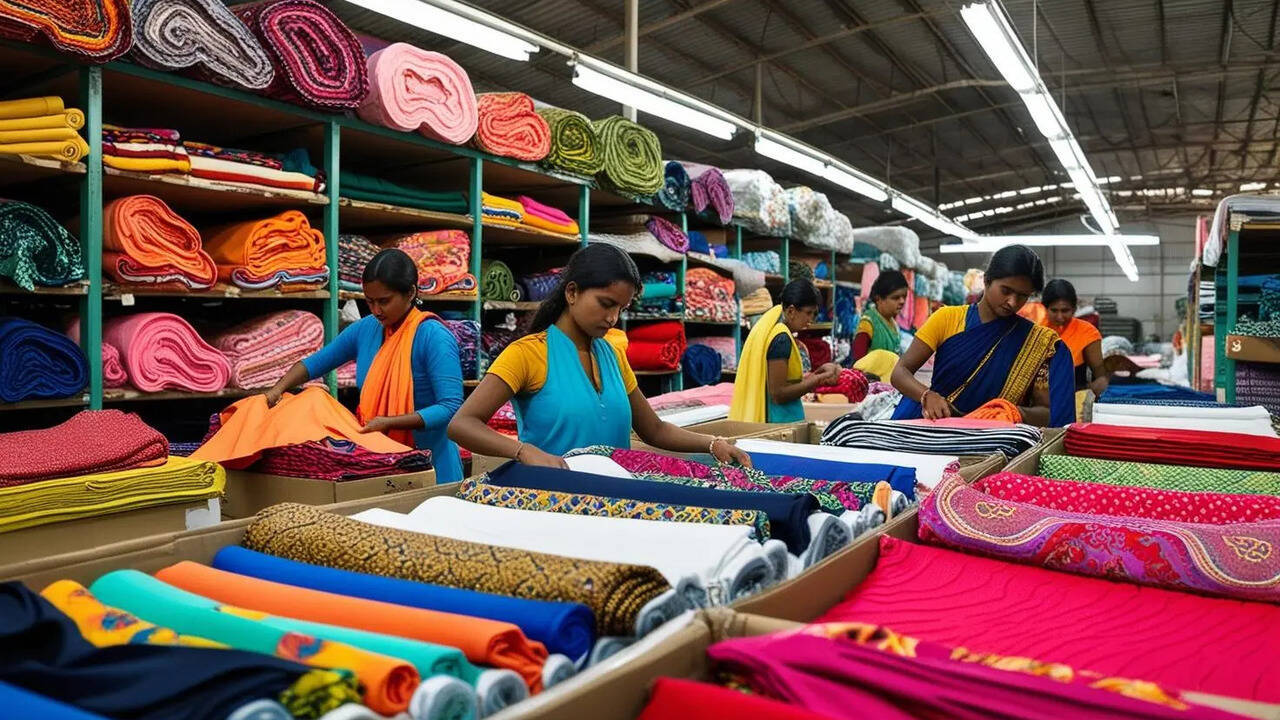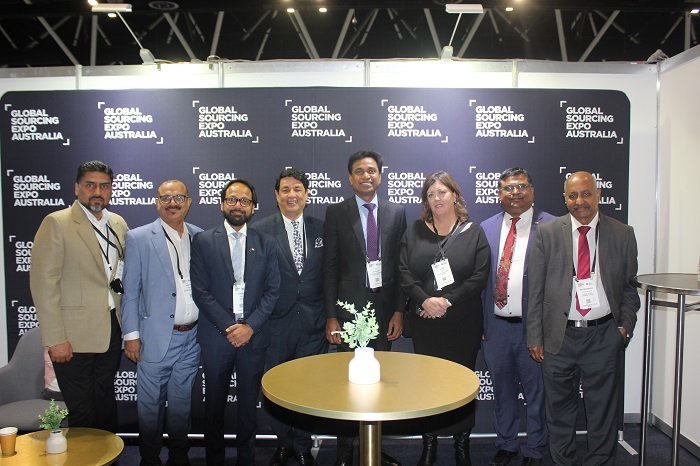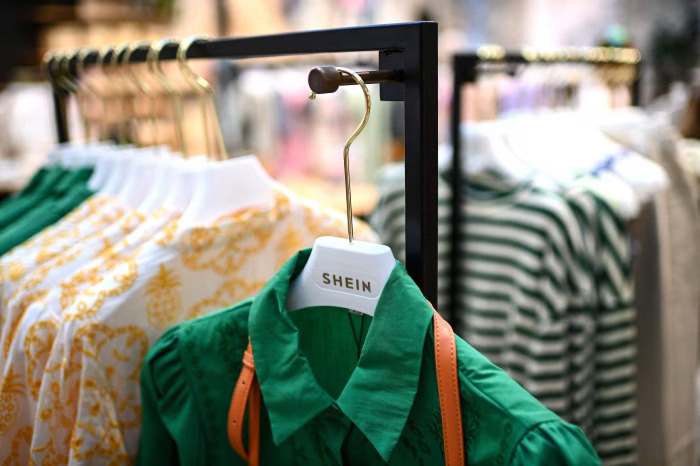FW
The Indian textile industry will need to introspect and look into areas where there is scope for scaling up and upgrading the fabric sector. The industry’s long term prospects look bright. The textile industry in China is slowing down and Pakistan’s growth, constrained by power and other problems, is expected to reach a saturation point sooner than later. Diversion of garment orders to India has already begun. There is a need for enhancing yarn consuming capacities within the country.
The most important policy intervention required at present is making the Technology Upgradation Fund effective. The scheme has no funds available for new investments and the Budget allocation is not enough even to cover the backlog of the last fiscal in full. While India’s cotton production exceeds consumption, the country continues to import cotton because of deficit in certain slots, especially the extra long staple cotton. There is also a short supply of short staple cotton.
Though external issues such as a slowdown in the EU and policy jolts from China could have an adverse impact, there are more crucial issues that need attention such as infrastructural infirmities, transaction costs, inordinate delays in getting duty refunds, high cost of export credit and so on.
There has been a 56.72 per cent fall in India’s cotton exports to China in 2014-15. As a result cotton prices in the domestic market are subdued. China’s stock levels have soared, spinners in China have been given fewer quotas and discouraged from direct imports. They are being encouraged to buy more domestic cotton and also from government agencies holding stocks.
In the meantime India is protecting its farmers by providing minimum support price. Domestic cotton demand is expected to rise about seven per cent this crop year. India is also looking for exports to various cotton deficient countries. Lower prices for Indian cotton may help boost shipments to these markets. India is the world's biggest producer and the second biggest seller of cotton. Demand from China used to account for 60 per cent of Indian cotton exports.
Yarn exports to China have also declined by 20 per cent due to a slowing in the textile industry there. Exporters have tried to compensate for this fall elsewhere, resulting in a slight rise in yarn shipments to Sri Lanka, Bangladesh and Vietnam during recent months. The fall in global demand, decline in commodity prices and dip in oil prices are impacting India’s overall exports. Falling for seven months in a row, India's exports in June dipped by 15.82 per cent.
Japan has a mechanism for providing soft loans to small and medium garment enterprises in Bangladesh. However, many apparel units find themselves disqualified as their factories have been constructed in violation of national building code. The fund was created to assist small and medium readymade garment factories in becoming earthquake-resistant by means of restructuring and retrofitting.
Many of these factories have not approved their designs ever or have made deviations from the factory design. The national building code was adopted in 2006. Many garment factory owners say their structures came up before that. Readymade garment factories in Bangladesh have been set up over a period of 36 years.
Among the criteria for the loan are that the factory location should be in and around Dhaka city. The workforce should be below 2,000 and the factory should not be located in a rented building. The Japanese fund was created to support readymade garment factories in making their buildings safe. It does not guide them on compliance with factory safety but provides them total assistance including construction mechanism, checking factory buildings, design, engineering and so on. The target of the fund is to help transfer technology and make the units quake-resistant.
The recent Customs General Administration data on China's imports and exports for June reveal the country’s imports and exports value was $337,487 million it rose 5.1 per cent month on month and fell 1.2 per cent year on year. From January to June, the total imports and exports value was $1,880,775 million and dropped to 6.9 per cent year on year. Last month, the country’s exports value of yarns, textiles and related products was $9,468 million and imports value was $1,683 million. Exports value of apparel and apparel accessories for the same period reached $15,881 million.
The total exports and imports value of the country in H1 2015 was $1,880,715 million. The exports value $1,072,011 million, increased by 1.0 per cent year on year, while imports, which were $808,764 million, dipped by 15.5 per cent year on year. Trade surplus meanwhile was $263,247 million.
Where yarn, textiles and textile items are concerned, in H1 2015, China’s total exports fell from last year by 0.7 per cent, touching $52,912 million. Total imports meanwhile dipped by 5.2 per cent YOY, which was $9,663 million. As for exports of apparel and related accessories, that too dropped by 4.7 per cent year on year and was $75,468 million.
Bangladesh wants better prices for its garment products from foreign buyers. Reason: Production costs have shot up due to factory upgradation and also workers’ wages have increased. BGMEA say the proceeds will be spent on furthering welfare of readymade garment workers.
Wages have hiked wages by over 200 per cent since 2009. Besides, dormitories are being set up for women working in garment units. An additional port has come up alongside the existing ports in Chittagong and Mongla. As per BGMEA president Md Atiqul, before launching the inspection program to improve safety standards in the RMG sector, the global buyers promised to raise prices of apparel products, but did not do so, rather they took the opportunity to lower the prices
European and US companies that focus on apparel market’s value segment plan to expand the share of their sourcing from Bangladesh to 25 to 30 per cent by 2020 from an average of 20 per cent now. Midmarket brands, which generate about 13 per cent of their sourcing value in Bangladesh, plan to increase that share to 20 to 25 per cent over the same period. While growth in current product categories will drive some of the increase, 63 per cent of the chief purchasing officers want to expand into more fashionable or sophisticated items such as formal wear and outerwear.
Attractive prices are the most important reason for purchasing in Bangladesh. Price levels there are expected to remain highly competitive in the future since significant efficiency increases may offset rising wage costs.
Chinese business platform, CHIC Autumn, will take place for the first time in October. Around 600 exhibitors are expected to attend the event slated from October 13 to 15. Later in March, CHIC will take place at the modern National Exhibition and Convention Center in Shanghai.
CHIC opens the way to Chinese consumer market for smaller high-end brands with less volume. Matchmaking, networking and further activities to connect international brands with the Chinese retail market underline the position of CHIC as mediator in the fashion business. This edition of CHIC will cover 75,000 sq. mtr. area, comparatively small to the March event. The autumn edition reflects the fashion rhythm and gets ready as a platform to focus the merchandise and not the enormous image booths like in March exhibition. It refers to the order season of international brands presenting their Spring/Summer collections.
The October fair will focus on Spring/Summer collections across all categories: womenswear, menswear, kidswear, shoes/bags/accessories and swim/bodywear. Parallel to CHIC Intertextile will take place at the same fairground and the concept of ‘Show in Show’ will continue. London PURE organizer will, after their first start in October 2014, be integrated in CHIC as PUREshanghai. Around 50 exhibitors will be presenting in this area.
Also Preview in China, the South Korean trade show, will be participating as longtime exhibiting group at CHIC in October. Brazilian show association ABICALCADOS will also have a pavilion at the event.
www.chic-online.com.cn

When it comes to textile machinery, the one country that supplies the most to the world is Italy. Italy’s market share of world textile machinery exports is around 11 per cent. It has about 300 companies producing textile machines and related accessories. The value of Italian production was €2.3 billion in 2014, with exports worth €1.9 billion. Since there’s a wide supply base, Italian machinery manufacturers are able to cater to a wide variety of customers worldwide. Of the total sales, exports comprise 84 per cent and it goes to 130 countries.
What has helped the industry grow in Italy is globalization coupled with innovation. This has allowed Italian companies to consolidate and cement their position globally.
Stroking export growth

The first quarter results of 2015 reveal, Italian textile machinery exports was highest to Asia at 42per cent, followed by Europe 41 per cent, Latin America 7 per cent, North America 5 per cent and Africa 5 per cent. China was the largest market for Italian textile machinery in Q1, which imported machinery worth €58 million. Turkey was next with exports from Italy worth €47 million, followed by Bangladesh €31 million and India €25 million.
All classic textile sectors are supplied with Italian machines. The textiles machinery sectors in Q1 was divided into: 22 per cent spinning machines, 8 per cent weaving machines, 14 per cent knitting machines, 29 per cent dyeing, finishing and printing machines, 24 per cent accessories and 3 per cent other machines.
Return of ITMA to Italy
After 20 years, textile machinery expo ITMA has made come back to Italy. Indeed, the domestic industry is keen to strengthen its position in the global market place and wants to use this event as a stepping stone to bigger things. As Raffaella Carabelli, President of ACIMIT (Association of Italian Textile Machinery Manufacturers), stated at a press conference held on the 70th anniversary of ACIMIT, Italian machinery manufacturers will occupy 30 per cent of the total exhibition space at ITMA. They will cover about 31,000 sq. m. of exhibition space.
Carabelli further added that not only do statistics place Italy in the number one position across the world, they also testify on the vitality of the country’s textile industry. Meanwhile machinery manufacturers are focusing on innovations and the range to be displayed at the fair. The support extended by the Ministry of Economic Development and the Italian Trade Agency is vital in this as a whole range of activities have been implemented, aimed at promoting Italy’s textile machinery industry and its participation at ITMA. Several initiatives have been planned, one of them is inviting foreign delegations during the course of this year. Nearly 200 textile operators from more than a dozen countries are expected at the next ITMA show in Italy.
The Trans-Pacific Partnership (TPP) trade agreement, of which Vietnam is a member, is expected to reach its conclusion later this year. And with its signing, the Southeast Asian country is emerging as the hot destination for Indian investments. The TPP is a proposed regional free trade agreement aimed at eliminating tariffs and lowering non-tariff barriers that is being negotiated by 12 countries throughout the Asia-Pacific region, which collectively contribute almost half of global output and over 40 per cent of world trade. The 12 countries include Australia, Brunei, Canada, Chile, Japan, Malaysia, Mexico, New Zealand, Peru, Singapore, the United States and Vietnam.
India is eyeing an opportunity to invest in creating a manufacturing base in Vietnam for export to the other TPP member countries to enjoy the free trade access. The Indian government last week launched a preferential credit package worth $300 million for investments in the garment and textile sector of Vietnam over 10 years, according to the Vietnam Textile and Apparel Association (VITAS). India would be supporting investment projects in the garment and textile sector using Indian-made equipment and service up to 75 per cent of the total funding estimated for a single project. The entire credit package, with an interest rate of two per cent per annum for a 10-year term, is conducted through Vietnamese Eximbank under the guarantee of the Ministry of Finance, the VITAS said.
The package will help Indian businesses develop new factories in Vietnam, as well as promote cooperation between Vietnamese and Indian partners in the same field. This is also an opportunity for businesses to gain more advantages after Vietnam joins the TPP trade pact, the VITAS said, citing a document from the Indian government.
Italy is set to announce a €20 million initiative that will help strengthen its relationship with America in the field of textiles, fashion and leather goods exports. Carlo Calenda, Italy’s vise minister of economic development, is to soon detail the Ministry of Economic Development’s year-long plans to help boost exports in these categories. The plan involves trade shows, special events, incoming services and assistance in Italy and a major media campaign.
Maurizio Forte, Trade Commissioner and Executive Director for the US of the Italian Trade Commission believes the American market has the biggest potential and will grow consistently in coming years just the way it has until now. And though Italian labels are present in the coasts, in New York and Miami on the East Coast and Los Angeles on the West, they weren’t present in other places. Therefore, there is great scope for growth in central US states, such as, Texas, Colorado, Montana, etc.
The initiative will benefit Italian brands tremendously, which are present since the eighties. The quality of country’s produce is good, thus it saw a rise in 2014 contributing to a 4.5 per cent market share since 2013.
Export of cotton fabrics, both woven and knitted to Bangladesh and Sri Lanka has been welcomed by Cotton Textiles Exports Promotion Council (Texprocil). This is under the Merchandise Exports from India Scheme (MEIS). A fresh list of textile products that are eligible for exports sops was announced recently by the Director General of Foreign Trade (DGFT). The MEIS scheme, introduced in the Foreign Trade Policy 2015-20 announced recently allows duty credit scrips at the prescribed rates of 2 per cent, 3 per cent and 5 per cent. This is on exports of items to certain countries classified under Group A, B and C.
Texprocil chairman R K Dalmia sees this as a very positive step as it will increase exports to the two countries. Knitted fabrics with H S (Harmonised System) Code 6006, which covers most of the knitted fabrics, though, are excluded from the benefits. Knitted fabrics with Lycra are value added products, which are being widely used in garments. Texprocil wanted the entire range of fabrics to be covered under the benefit to avoid unintended exclusions.
Also, exports of value-added and labour-intensive products such as cotton dyed and printed fabrics and made-ups to different African countries like Mauritania, Mali, Dar Es Salaam, etc, are not included by the MEIS.



